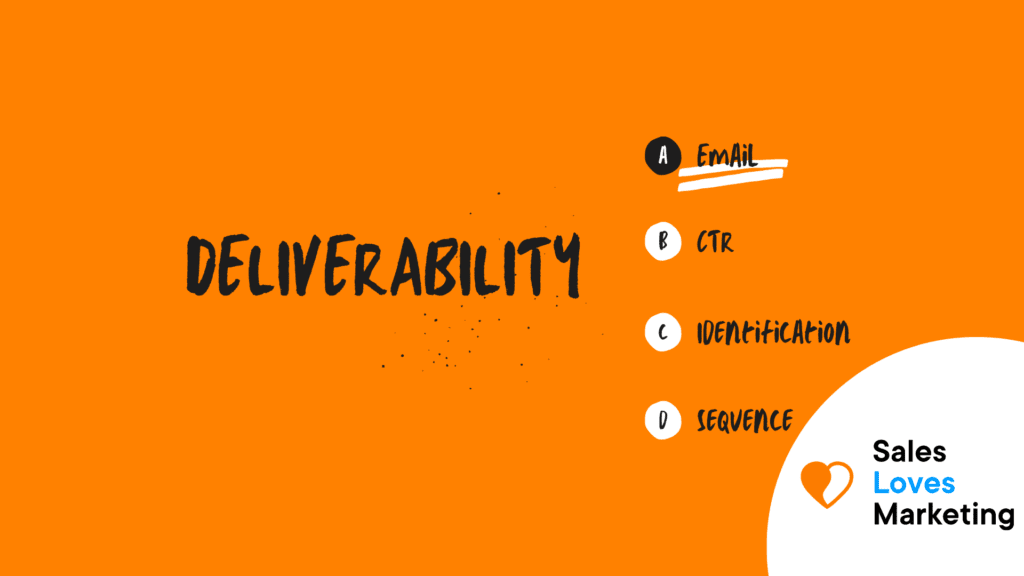What is Deliverability?
Deliverability means that sent emails are delivered to the recipient’s inbox as stipulated. It is essential for any company or business to have strong deliverability since email is the main form of communication with customers.
Good email deliverability depends on many factors, including email signing, a good sending reputation, cleaning lists frequently, sending quality content, and more.
What is the difference between Delivery and Deliverability?
Email delivery
This concept indicates whether or not a recipient accepts an email, which makes no difference if the email arrived in the inbox or a spam folder. When an email message does not arrive in an inbox, this does not mean that it was not delivered correctly.
Email deliverability
It is also used to refer to the position in the inbox; this term explains the place where the message arrives once it is delivered: in other words, the deliverability indicates when an email arrives in the inbox, spam folder, or another folder.
Related Reading; The Importance of Email Deliverability
Which are the parts of Deliverability?
Deliverability is made up of three factors:
- Identification: defining the set of protocols that prove that the person sending is who he claims to be when sending an email; these protocols evaluate the reputation as a sender, as well as the content, etc.
These factors identify the person sending as a safe sender, and the messages will reach their destination.
- Reputation: Another key factor that indicates a sender’s ability is reputation.
This reputation is assessed through Internet Service Providers (ISPs). It is evaluated by the treatment given to subscribers, a low bounce level, among others. A reputable email is guaranteed to always be in your inboxes.
- Content: Is the message appropriate for the audience? Is it important to the public? Are email tactics of questionable ethics being used?
The email server will ask these and other questions to assess whether the content is of the required quality to be displayed to the audience. If the message is of poor quality, the mail delivery will most likely go to the SPAM section.
Best Practices to Improve Email Deliverability
This part shows some of the most used practices to have good deliverability:
Create a clean email list
When there are many inactive subscribers, the delivery capacity is drastically affected. Therefore it is important to think about deleting customers or subscribers without activity from time to time or carrying out a subscription reconfirmation or renewal campaign. Likewise, invalid emails should be regularly deleted.
Unsubscribing should be easy to do
Unsubscribing can help clean up an email list and increase subscriber engagement.
If a user wants to unsubscribe, it should be done simply and easily. Having a visible unsubscribe button or a link at the end of the email and also ensure that the cancellation is in a single step.
Personalize your emails
Sending emails that are related to the public and that matter to them positively influences deliverability. They also promote interaction with the reader and create better relationships with them.
Include eye-catching text in emails
At the time of writing the emails, it must be ensured that the copy is attractive to the user; the subject of the email is the first image that reaches them. It should be witty, eye-catching, and in a language that connects with the reader. This will show them that there is an interest in fulfilling their interests beyond sales and promotions.
Review the legality of emails
When the emails are created, it must be ensured that everything is being done according to the rules and in accordance with the laws.
